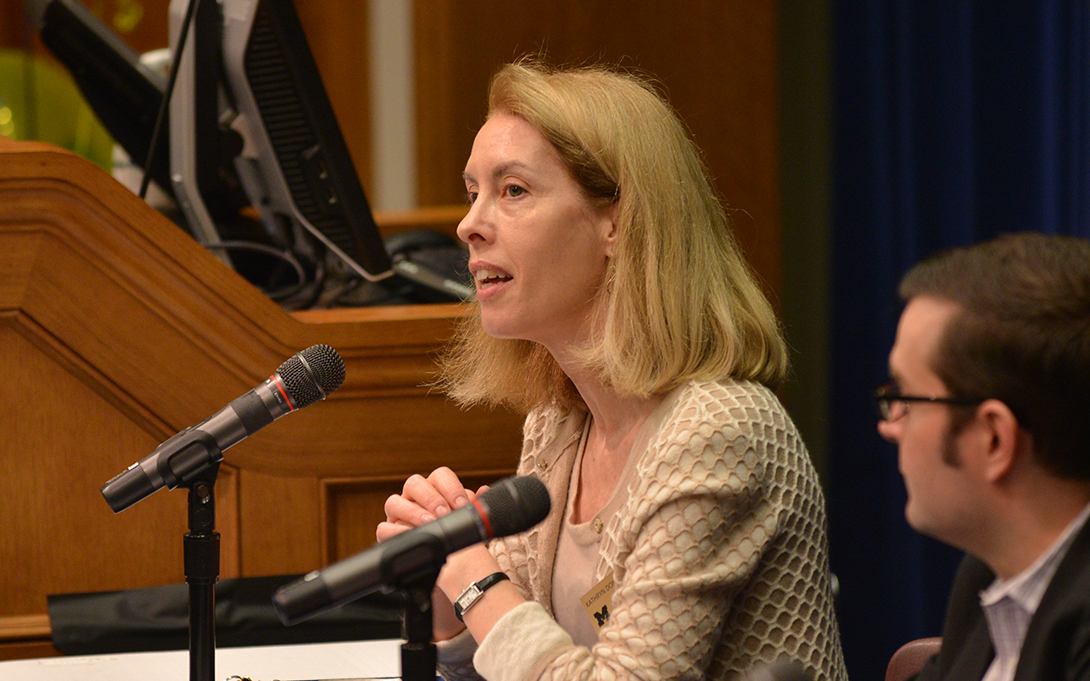
As a result of the 2007-2009 financial crisis and the financial turmoil triggered by the COVID-19 pandemic, central banks have expanded their policy frameworks to protect financial stability. In a new article published by the European Systemic Risk Board, Kathryn Dominguez, professor of public policy and economics, and her co-authors examine how central banks can design these enhanced facilities to maximize their effectiveness. “Financial markets faced a series of adverse shocks that severely impacted liquidity. In response, central banks scrambled to update their policy toolkits as enhanced lender of last resort (LOLR) and as market maker of last resort (MMLR),” Dominguez writes. “To ensure financial stability, safeguard the monetary policy transmission mechanism, and guarantee the continued flow of credit to the real economy, central banks expanded their lending operations to restore funding liquidity and intervened in financial markets directly, purchasing securities to restore market liquidity.”
Reflecting on these recent central bank interventions, the authors analyze the structure and potential costs of these new tools. They conclude that policymakers should only resort to outright purchases when lending facilities cannot be made to work. They also argue that minimizing the potential for moral hazard requires the combination of rigorous regulatory and supervisory frameworks and a pricing scheme that makes the enhanced LOLR and MMLR unattractive in normal times. For banks, this may require enhancing prudential liquidity requirements to minimize the need for central bank support. For non-banks, this may require developing a stronger regulatory framework commensurate with their increasing role in financial intermediation.
After analyzing the current frameworks that central banks employ, Dominguez and her colleagues develop a set of desirable attributes for an effective enhanced LOLR and MMLR. These include supporting only financial markets that are deemed essential; lending only to regulated institutions to ensure solvency; developing an ongoing capacity to price securities accepted as collateral in a lending operation or purchased outright; offering appropriate pricing to reduce moral hazard; and once market liquidity has been restored, exiting quickly and in a manner that minimizes the impact on market prices.
Dominguez concludes, “Given that central banks are likely to continue to intervene, it is essential that we continue refining a framework for stabilizing systemically important financial markets.”
Read the entirety of Dominguez’s article in here. A VoxEU summary of the report is available here.
